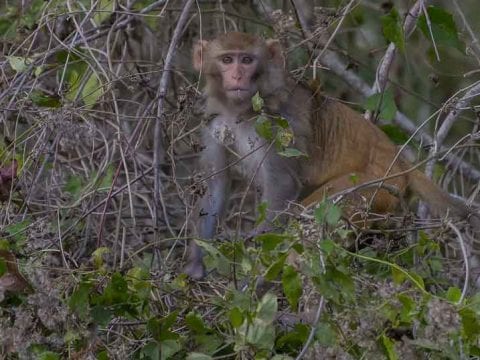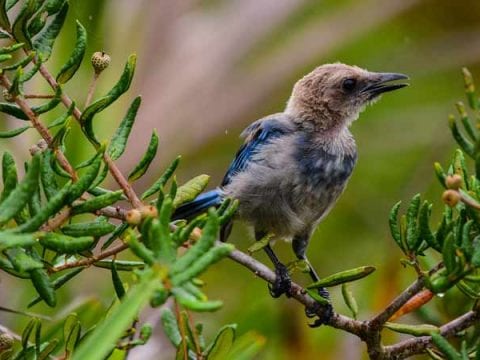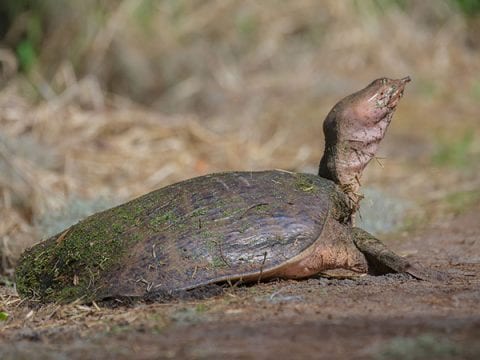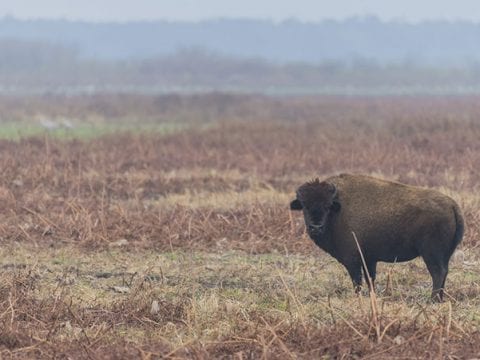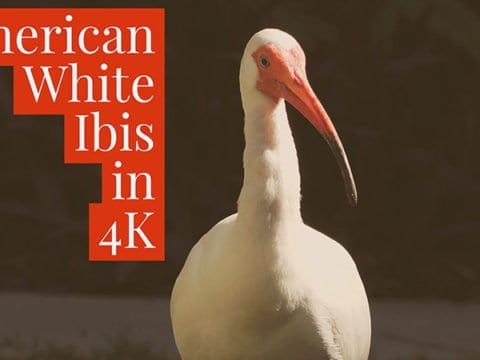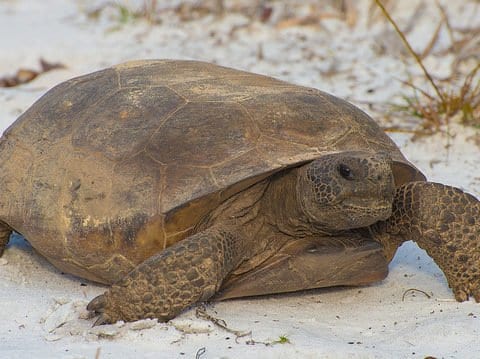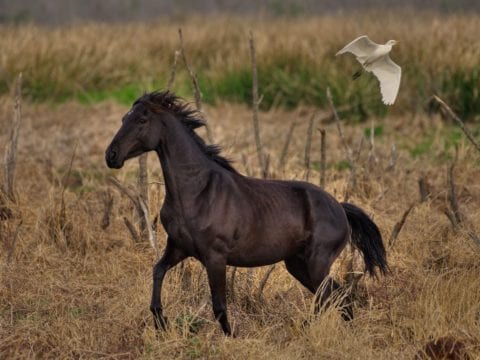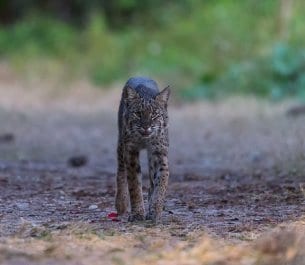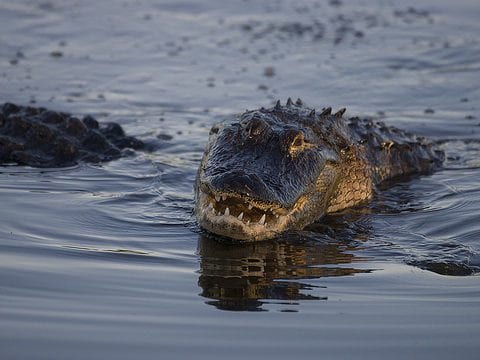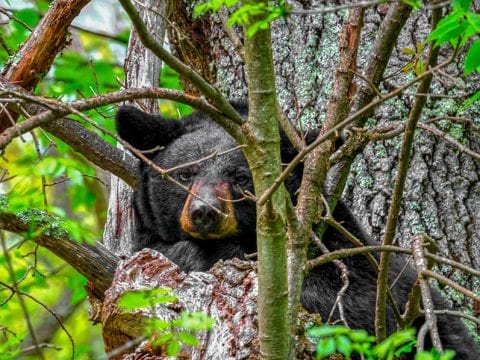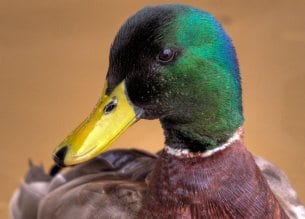
Table of Contents
We all see mallard ducks whether its at a local park, pond, lake or river. I hike quite often along the Potomac River in Virginia and see them all the time. I realized I didn’t know enough about them and wanted to pass on some facts to my readers. The main photo was a male mallard duck I filmed along the Occoquan River in February.
- The Mallard duck or also known as, Wild duck is the most common duck that people will feed bread to in the park
- They can be found throughout North America and Eurasia in various parks, ponds, rivers, marshes, wetlands, suburban parks and residential backyards too
- While they are usually limited to temperate and subtropical areas like the Americas, Europe, Asia and North Africa, they have also been found in New Zealand, Australia, Peru, Brazil, Uruguay, Argentina, Chile, the Falkland Islands and South Africa.
- Nearly all domestic ducks come from this particular species
- Common nickname for a male duck is “greenhead” and for a female mallard duck is “Suzy”
- Referred to as “dabbling ducks”, this means that they feed in the water by tipping forward. Mallard ducks hardly ever dive
- The Mallard duck is the main ancestor of domesticated ducks
- The male ducks are referred to as drakes while the females are referred to as hens or ducks.
- Each summer after the ducks have mated, the male will molt his feathers and end up looking like a female. In the fall the male will return to their distinct coloration.
- Mallard ducks like to eat cracked corn
- They eat seed, grains, earthworms, snails, aquatic insect larvae and freshwater shrimp
- Their demeanor is naturally calm
- They can thrive in any type of wetland habitat. It doesn’t matter if it is natural or artificial.
- They are similar to Northern Shoveler birds that have a dark bill with a white breast and chestnut-brown sides.
- A Mallard duck is smaller than Canada Goose and can travel up to 55 miles per hour
- Female Mallard ducks quack while males make a quiet, rasping noise
- They shed their flight feathers at the end of every breeding season and remain flightless up to four weeks
- A female Mallard duck has a high-pitched call while a male has a raspy call
- Several types of waterfowl species form hybrids. Some examples of Mallard hybrids: American Black Duck, Gadwall, Cinnamon Teal, Hawaiian ducks and the Pacific Black Duck
- Oldest male Mallard duck to date was 27 years and 7 months old when he was shot in Arkansas in 2008. In 1981, the duck had been banded in Louisiana
- In French, a Mallard duck is known as Canard colvert
- In Spanish, a Mallard duck is known as Pato de collar
Identification
All Mallard ducks have a hefty body, a round head and a wide bill. When in water, the ducks tail rides out of the water allowing the duck to take on a blunt shape. While in flight, the ducks wings are broad and placed back to the rear of the body. A male Mallard duck is most identifiable by its forest green head, gray body and black tail. They also have the most identifying white ring on their neck. Female and juvenile Mallard ducks have brown bodies and an orange/brown bill.
Mallard ducks are typically monogamous but some males choose to pair with other females aside from their mate. This is called “extra-pair copulations and is very common with birds and other species. However, with other species it is completely consensual whereas with Mallard male ducks it is often referred to as forced mating. This happens when several male ducks chase a female duck and mate with her.
Once they have mated, the female incubates the eggs and takes care of the ducklings.
Behavior
Mallard ducks live in the wetlands where they eat water plants and other small animals. They are very social ducks and one of the most popular ducks one will see in a pond or walking among the grass, close to a water source.
The young Mallard duck is fun to watch because they will sit on their mothers back when she is swimming. When she is out of water, the little ducklings will follow in the straight behind her in a line. Mothers will use sounds as a way to communicate with her young.
Mallard ducks as a whole are very social ducks and they can’t wait for a chance to sit around and relax with other ducks.
Size
Length: 20”-26”
Wingspan: 18”-27”
Weight: 1.6-3.5 lbs.
Wing Chord: 10.1”-12”
Bill: 1.7”-2.4”
Tarsus: 1.6”-1.9”
Nesting
Clutch Size: 1-13 eggs
Number of Broods: 1-2
Egg Length: 2.1”-2.5”
Egg Width: 1.5”-1.8”
Incubation Period: 23-30 days
Egg Description: Creamy gray or green color.
Ducklings are covered with down and are fully alert. They are often ready to leave the nest within 13-16 hours of being hatched.
Reproduction
Mallards are generally monogamous but males will reach out and pursue other females other than the ones that they are mated with. A mallard duck will choose a mate during the fall but they will not mate together until they have returned back from the winter migration. Females will breed near the place where they were hatched. Once the Mallard ducks have mated together, the female will lay about 8-14 eggs in one season. She will then incubate the eggs. The male however, will leave right after mating. Once the eggs have hatched, they will immediately take to swimming. However, they will not be able to fly until they are around 60 days old.
Mallard ducks can also mate with other species that they are closely related to and this can also produce offspring and a new hybrid species. Cross-breeding in actually very common and happens among 63 different species.
Migration
Mallard will move to the north for the summer and to the south for the winter to become warmer. During the migrations, they will usually stop at places where they have been before. They will store up body fat before their migration and can lose 20-50 percent of their body weight while migrating. Mallards can travel over 800 miles in 8 hours of flight time. They can fly in speeds up to 40 miles per hour under their own strength and will fly at altitudes of 400 to 2,000 feet. However, they have been known to fly higher, as high as 20,000 feet, where they have crashed into airliners.
Q&A
Can mallard ducks fly?
Yes! They are great in flight and migrate each year between North and South depending on temperature.
What do you feed mallard ducks?
You aren’t supposed to feed ducks bread so check your local pet store for duck pellets or bird seed. That’s best for their digestive system.
What’s their gestation period?
The gestation period for a mallard duck runs between 25 to 29 days.

